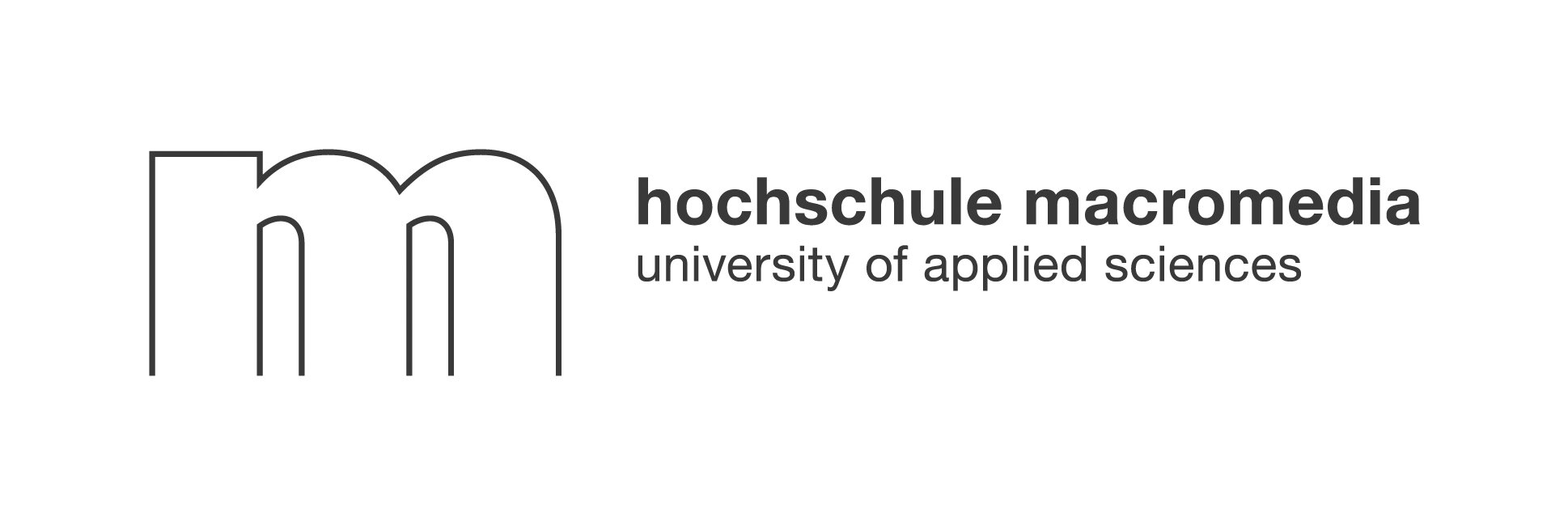Imagine walking into your office and feeling instantly connected—not just to your direct team, but to colleagues across departments and even continents. Now, imagine these connections aren’t left to chance or the occasional watercooler chat, but are actively nurtured and revealed through smart technology. This is the promise of unlocking the power of informal connections: transforming workplace culture with AI. As organizations race to adapt to hybrid work, rapid change, and fierce competition for talent, the invisible threads of social capital are becoming their most valuable asset. In this guide, discover how artificial intelligence is turning these hidden networks into a superpower for engagement, innovation, and resilience.
From Watercooler Chats to Data Streams—Why Informal Networks Drive Performance
The science behind social capital
Every thriving organization has a secret ingredient: informal networks. These are the spontaneous relationships, quick chats, and cross-team alliances that don’t show up on org charts but drive real results. Social capital—the trust, shared norms, and mutual support embedded in these networks—boosts everything from creativity to speed of execution.
Research shows that employees who are well-connected informally are more likely to share knowledge, spot problems early, and adapt to change. According to a 2024 review in Administrative Sciences, organizations with strong social capital are more innovative and agile, thanks to the free flow of ideas and support that informal connections provide (Murire, 2024).
Costs of ignoring invisible collaboration lines
When leaders overlook these informal networks, they risk missing out on their people’s true potential. Siloed teams, duplicated efforts, and disengaged employees are common symptoms of a culture that values only formal structures. The cost? Slower decision-making, missed opportunities, and lower morale.
“Real agility doesn’t come from changing boxes on an org chart—it comes from empowering the right people at the right time, with the right connections.”
— Akio Murakami, Organizational Transformation Strategist
In short, organizations that fail to recognize and nurture informal connections often struggle with innovation and employee retention. The challenge is clear: how can leaders make the invisible visible and turn these connections into a force for transformation?
How AI Makes the Invisible Visible: Mapping Connections in Real Time

Organizational network analysis (ONA) basics
Unlocking the power of informal connections: transforming workplace culture with AI starts with understanding how people actually work together. Organizational Network Analysis (ONA) is a method that uses data to map how information, influence, and trust flow within a company. Unlike traditional surveys or performance reviews, ONA reveals the true connectors, influencers, and bottlenecks in real time.
ONA leverages digital traces—such as email, chat, and meeting patterns—to create a living map of collaboration. This approach highlights not just who talks to whom, but who people turn to for advice, support, and innovation.
Integrating email, chat and meeting metadata ethically
The real magic happens when AI is used to analyze these patterns at scale. By ethically integrating metadata from communication tools (not content, but “who, when, how often”), AI can surface hidden networks without breaching privacy. The key is transparency and anonymization—ensuring employees know how their data is used and that individual messages remain confidential.
AI-driven platforms, such as those offered by Neroia, make it possible to effortlessly discover and nurture authentic connections. By recommending small-group activities based on shared interests and schedules, these tools reduce planning friction and encourage genuine interactions, all while keeping user data secure and anonymized.
Unlocking the Power of Informal Connections: Transforming Workplace Culture with AI
Case snapshot—faster product launches through connector leverage
Consider a leading financial services company in Latin America. As it scaled, traditional structures struggled to keep teams aligned. By using AI-powered ONA, leaders identified “connectors”—employees who bridged departments and spread knowledge informally. Inviting these connectors into cross-functional launch teams accelerated strategy execution and improved integration after a merger. The result? Faster product launches and smoother onboarding for new hires.
“These networks revealed that influence and connection weren’t always aligned with hierarchy. Hidden connectors—people who didn’t appear in formal power structures—were quietly enabling the company to move, adapt, and innovate.”
— Akio Murakami, LinkedIn
Measuring cultural shifts with AI sentiment tools
AI isn’t just about mapping relationships; it can also track how people feel about their workplace. Sentiment analysis tools scan anonymized feedback, chat data, or pulse surveys to gauge morale, engagement, and trust. When used ethically, these tools provide leaders with an early warning system for cultural shifts—helping them act before issues escalate.
For example, measuring changes in sentiment before and after launching new AI-driven initiatives can reveal whether employees feel more connected, supported, and engaged. This data-driven approach ensures that cultural transformation isn’t left to guesswork.
Choosing the Right Tech Stack—From Graph Algorithms to Chatbots
Key capabilities to look for
Selecting the right tools is crucial for unlocking the power of informal connections: transforming workplace culture with AI. Here’s what to look for:
- Real-time network mapping: The ability to visualize connections as they evolve.
- Privacy-first design: Strong anonymization and transparent data handling.
- Integration: Seamless connection with existing communication platforms (email, chat, calendars).
- Actionable recommendations: AI-driven suggestions for group activities, mentoring, or collaboration.
- Sentiment and engagement analytics: Tools to monitor mood and cultural health.
Build vs buy decision guide
Not sure whether to build your own solution or invest in a dedicated platform? Here’s a quick comparison:
| Criteria | Build In-House | Buy (Specialized Platform) |
|---|---|---|
| Time to Deploy | 6–18 months | 1–8 weeks |
| Upfront Cost | High (development, staffing) | Predictable subscription |
| Customization | Fully tailored | Configurable, but less bespoke |
| Maintenance | Ongoing internal resources | Vendor-managed updates |
| Compliance & Security | Must be built from scratch | Often certified, privacy-focused |
| AI & Analytics | Requires in-house expertise | Advanced, out-of-the-box |
| User Experience | May require more training | Optimized for engagement |
For most organizations, purpose-built platforms like Neroia offer a faster, safer, and more user-friendly path to transforming workplace culture with AI.
Driving Adoption: Change-Management Playbook for Human-AI Collaboration
Communicating benefits without techno-jargon
Change can be daunting, especially when it involves new technology. The secret to successful adoption? Speak human, not tech. Focus on how AI will make people’s work lives better—less time spent on repetitive tasks, more opportunities for meaningful connections, and a more vibrant, supportive culture.
“Employees are more likely to embrace AI when they understand how it amplifies their strengths, not replaces them.”
— Culture Partners, 2025
Share real stories of how informal connections have led to innovation or problem-solving. Use clear, positive language and invite questions at every stage.
Upskilling connectors as AI champions
Identify your organization’s informal connectors and invest in their development. Offer them training in both AI tools and facilitation skills. Empowering these individuals as “AI champions” creates a ripple effect—others will follow their lead, making adoption smoother and more organic.
Change-Management Playbook:
- Assess readiness: Survey attitudes and map current informal networks.
- Communicate vision: Explain the “why” and real-world benefits.
- Pilot with connectors: Start small, using AI to support existing relationships.
- Upskill champions: Provide training and recognition.
- Gather feedback: Use sentiment tools to monitor progress.
- Scale and refine: Expand based on what works, adjusting as needed.
By following these steps, organizations can turn potential resistance into enthusiasm and unlock the power of informal connections: transforming workplace culture with AI.
Ethics, Privacy and Trust—Guardrails for Responsible Connection Mining

Minimizing bias in network data
AI is only as fair as the data it learns from. If historical communication patterns reflect existing biases (for example, gender or department silos), AI recommendations can unintentionally reinforce them. Responsible platforms use algorithms that actively check for and minimize bias, ensuring diverse and inclusive connections.
Transparent governance models
Trust is the foundation of a healthy workplace culture. Employees need to know what data is collected, how it’s used, and who has access. Transparent governance models include:
- Clear privacy policies and consent mechanisms.
- Regular audits of AI recommendations and data handling.
- Employee involvement in setting boundaries and reviewing outcomes.
“Ethical AI systems must safeguard individual privacy while complying with ethical standards. Combining technological innovation with transparent governance is the only way to harness the power of AI responsibly.”
— Radanliev et al., 2024
Platforms like Neroia put privacy and user control at the center, leveraging anonymized data and maintaining a secure, closed environment.
Future Outlook: Hyper-personalized Cultures Powered by Generative AI
Predictive team formation
The next frontier? AI that doesn’t just map existing networks, but predicts which teams will thrive together. By analyzing skills, interests, and informal connection patterns, generative AI can recommend project groups with the highest potential for creativity and performance. Imagine assembling a task force not just by roles, but by real collaboration chemistry.
Continuous culture pulse dashboards
Culture is dynamic, not static. Generative AI can power always-on dashboards that monitor engagement, inclusion, and sentiment in real time. Leaders receive gentle nudges when morale dips or when certain groups risk isolation. This proactive approach enables organizations to support their people before problems become crises.
“As AI systems grow more sophisticated, emotional connections with these tools are inevitable. While such relationships can enhance workplace technology adoption and innovation, they also bring risks like over-dependence and resistance to change. Employers must take a balanced approach and embrace the benefits of human-AI bonds while mitigating potential challenges.”
— APCO Worldwide, 2025
With AI as a culture partner, organizations move from reactive to predictive, ensuring every employee feels seen, supported, and connected.
Conclusion: From Invisible Threads to Unbreakable Bonds
Unlocking the power of informal connections: transforming workplace culture with AI is no longer a futuristic vision—it’s an urgent, achievable strategy for organizations that want to thrive in the new world of work. By revealing and nurturing the hidden networks that drive performance, AI empowers leaders to build cultures of trust, innovation, and belonging.
The journey starts with the right tools and a privacy-first mindset. Platforms like Neroia make it easy for teams to effortlessly discover authentic connections, creating a vibrant community that adapts and grows together. As AI continues to evolve, the organizations that embrace its potential—while honoring the human side of work—will unlock resilience, agility, and lasting success.
Ready to see what’s possible when technology and humanity connect? The future of workplace culture is here, and it’s powered by invisible bonds made visible.



